At the gates of Paris, the department of Eure-et-Loir offers you a green setting to spend a quiet stay far from the frenzy of the big cities!
Today, I suggest you to go to the Loir Valley, the southern part of the department which will allow you to visit the first castle of the Loire from Paris; to go on the tracks of Proust or to take a nice boat trip.
What to do in the Loir Valley? What are the good addresses? Let’s go for the discovery of this territory!
Summary
The Loir Valley in short

- Who is it for? In the Eure-et-Loir, we take our time! It’s no coincidence that Eure-et-Loir Tourism’s slogan is “Let it slow”. It’s a destination that’s suitable for all ages, and everyone can put together their own program to go at their own pace!
- When to go? The Loir Valley combines culture and nature. To take full advantage of the outdoor activities (cycling, walking, boating…) it is therefore preferable to go during the nice days.
- How long should I stay? At least two nights, three or more to take your time. You can also add two or three extra days to visit the Eure Valley.
- How to get there? There are several possibilities! If you come by train, you can stop in Chartres and take a rental car to be totally free. Otherwise, in the itinerary I propose, you can also go directly to Illiers-Combray or Châteaudun by train.
The itinerary
The itinerary I propose here can be done in two or three days with a departure from Illiers-Combray in the footsteps of Marcel Proust, a stop in the charming town of Bonneval and then a beautiful finale in Châteaudun with its impressive castle.

You can also extend your stay in Eure-et-Loir by discovering the Eure Valley, located further north in the department.
Illiers-Combray, in the footsteps of Proust
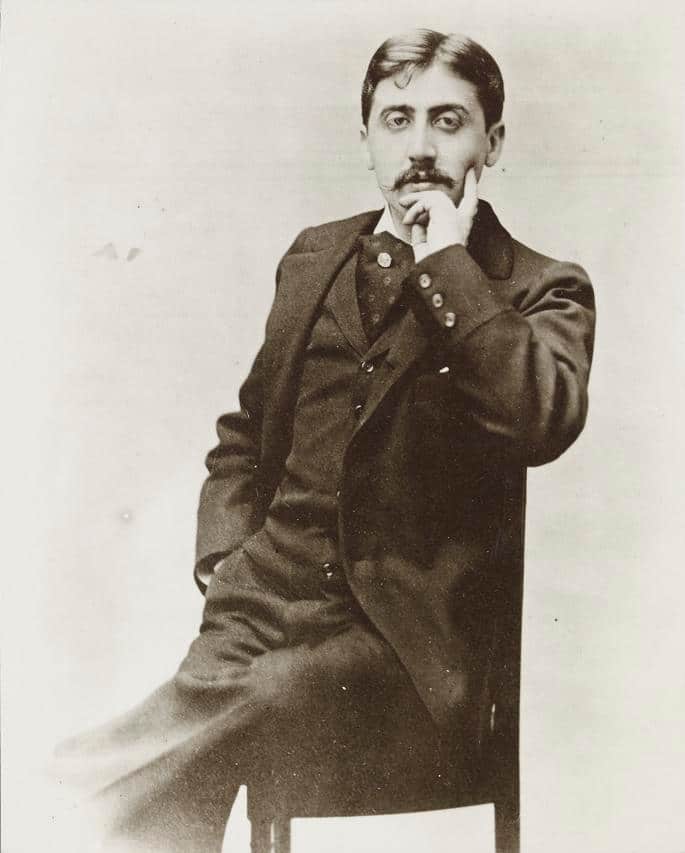
If there is a city that is associated with Marcel Proust, it is Illiers-Combray! And for good reason, the writer stayed there several times during his childhood, visiting his aunt Elisabeth.
Later, Proust will draw from his childhood memories to write his famous novel A la recherche du temps perdu. In his book, Aunt Elisabeth takes on the features of “Aunt Léonie” and Illiers becomes “Combray”.
Did you know that?
Originally, the town was simply called “Illiers” but Proust’s work was so successful that “Combray” was added to the name given by the writer!
It is also here that the young Proust ate madeleines. Years later, it was while eating one of these cakes that his childhood memories came back to him. An experience that will become the famous “Madeleine de Proust”:
And suddenly the memory appeared to me. This taste was that of the little piece of madeleine that on Sunday mornings, in Combray (…) my Aunt Léonie would offer me after having soaked it in her tea or linden infusion. […] When nothing remains of an ancient past, after the death of beings, after the destruction of things, only, more frail but more vivacious, more immaterial, more persistent, more faithful, the smell and the flavor remain for a long time, like souls, to remember, to wait, to hope, on the ruin of all the rest, to carry without bending, on their almost impalpable droplet, the immense edifice of the memory.”

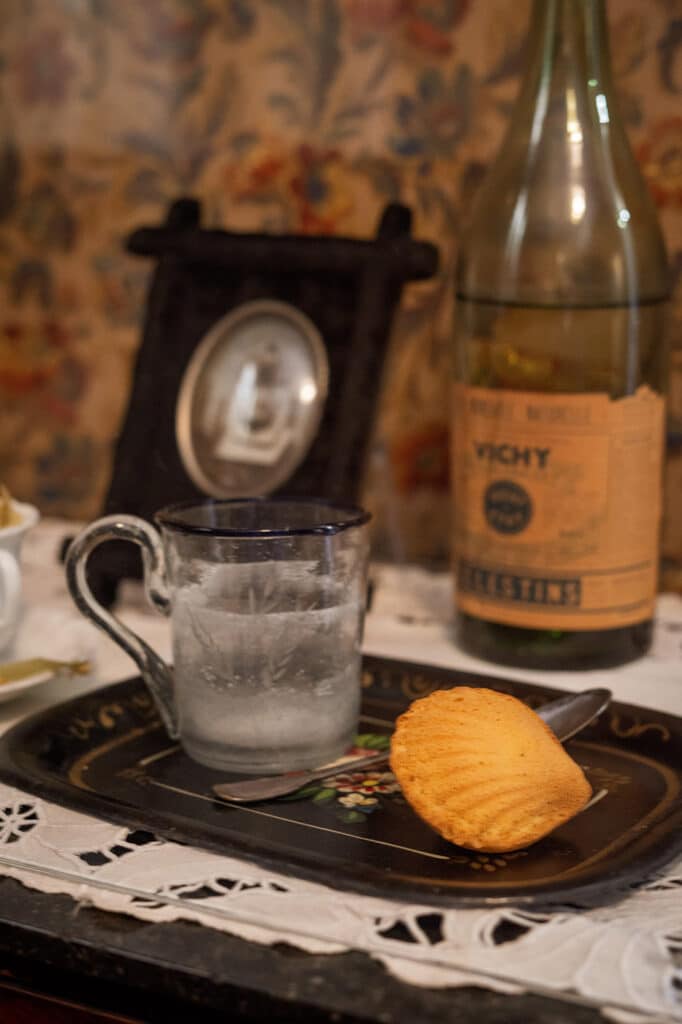
Several spaces pay tribute to the writer, starting with the House of Aunt Leonie, classified as a Maison des Illustres. Currently under restoration – the reopening is scheduled for 2024 – part of the house has been reconstructed in the city. One can see the writer’s bed, which is of particular importance since it marks the beginning of his novel:
For a long time I went to bed early. Sometimes, as soon as my candle was extinguished, my eyes would close so quickly that I had no time to say to myself: “I’m falling asleep. “




Not far from the center of Illiers-Combray, Proust’s garden has been landscaped in a nod to the writer. It is the perfect place to have a picnic in good weather!

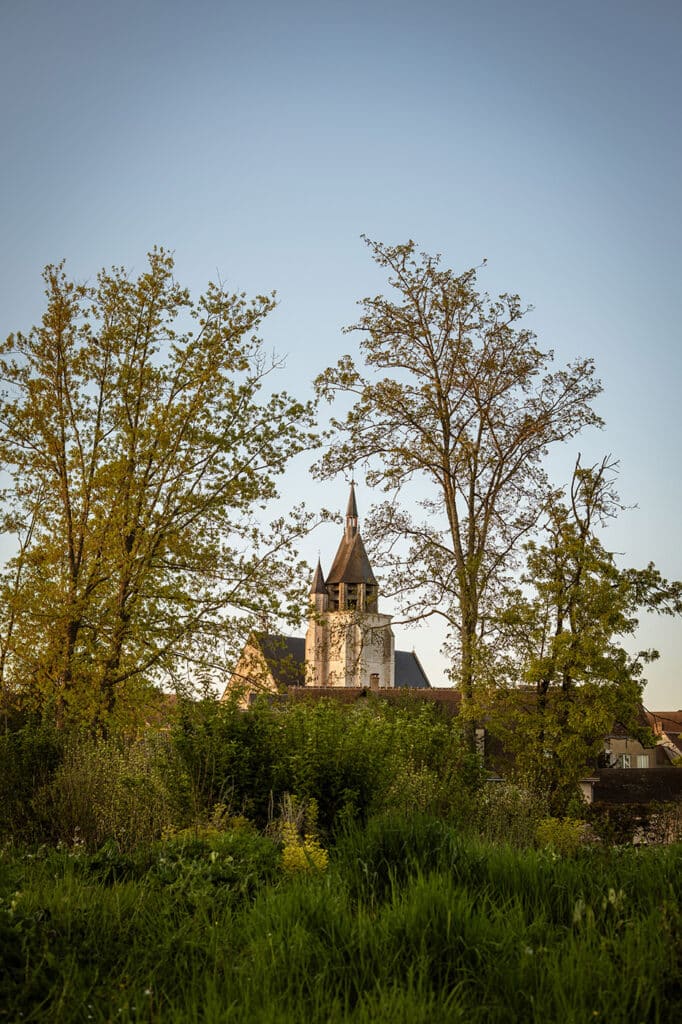

Just next door, don’t miss the Pré Catelan, a magnificent park classified as a remarkable garden. Built by Jules Amiot, Proust’s uncle, it was originally used as a playground for the children of the village and was therefore borrowed by the young Proust.



Also worth seeing is the beautiful church with its painted wooden ceiling, where Proust used to go. Right next to it, you can sit next to a statue representing the young Marcel tasting a madeleine!

Tip! Visit Illiers-Combray and its surroundings by electric bike

The tourist office rents electric bikes for 25 € a day, ideal to discover the surroundings without getting tired! They must be reserved at least 48 hours in advance:
You will also find at the tourist office an escape game room, local products and, of course, advice on how to explore the area!
5 rue Henri Germond
https://www.tourisme-entrebeauceetperche.fr/
Where to have lunch in Illiers-Combray ?
Facing the church, go to the restaurant La Madeleine d’Illiers. On the menu, no Proust’s madeleines but very good dishes. A simple but greedy cuisine, you can go there with your eyes closed!
13 place de l’Eglise
Where to put your suitcases ?
Just next to the station, the hotel Les Aubépines is a good place. The rooms are basic but clean and comfortable. The hotel also has a restaurant with a short menu but with home-made dishes and fresh products.

15-17 avenue Georges Clemenceau
https://www.hotel-lesaubepines.com/
Bonneval, the Venice of the Eure-et-Loir
About twenty minutes from Illiers-Combray, go to Bonneval! This city is surrounded by water, a vestige of the canals and ditches of the medieval period. If the walk in the city is very pleasant, you must especially fall for the electric boat ride.
During 30 minutes or 1 hour, these boats without licence and easily manageable will allow you to discover the city in an unusual way and at a low price: from 17 euros per boat which can welcome up to 5 people.



You can rent the boats at the harbour office, it is advised to book your boat 48 hours in advance.
https://www.ville-bonneval.eu/pages/la-capitainerie/
Fill up on delicacies!
To bring back local products, go to Vergers de Beauce. You will find wines and beers from the area but also cookies, cakes, sweets… enough to bring a little bit of the Eure-et-Loir back home.
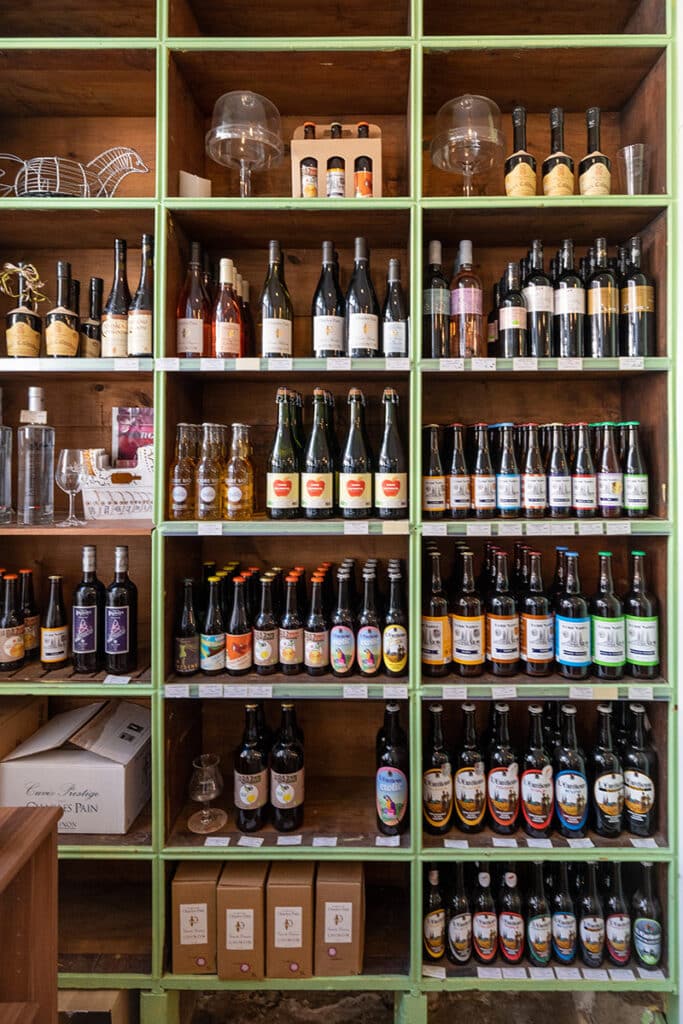

8 rue du Bas de l’Eglise
https://www.produits-locaux-28.fr/
Where to sleep in Bonneval ?
Slightly outside the town, put your bags down at the Hostellerie du Bois Guibert. This domain is undergoing a renaissance with major restoration / modernization work.
The rooms have their own identity. Inside each of them, we discover the story of a character, so it is not by chance that each room is called chapter. An invitation to (re)come and discover all the rooms and therefore all the stories! Around the hotel, a beautiful park allows you to enjoy a relaxing setting. It is a very beautiful address to discover absolutely!

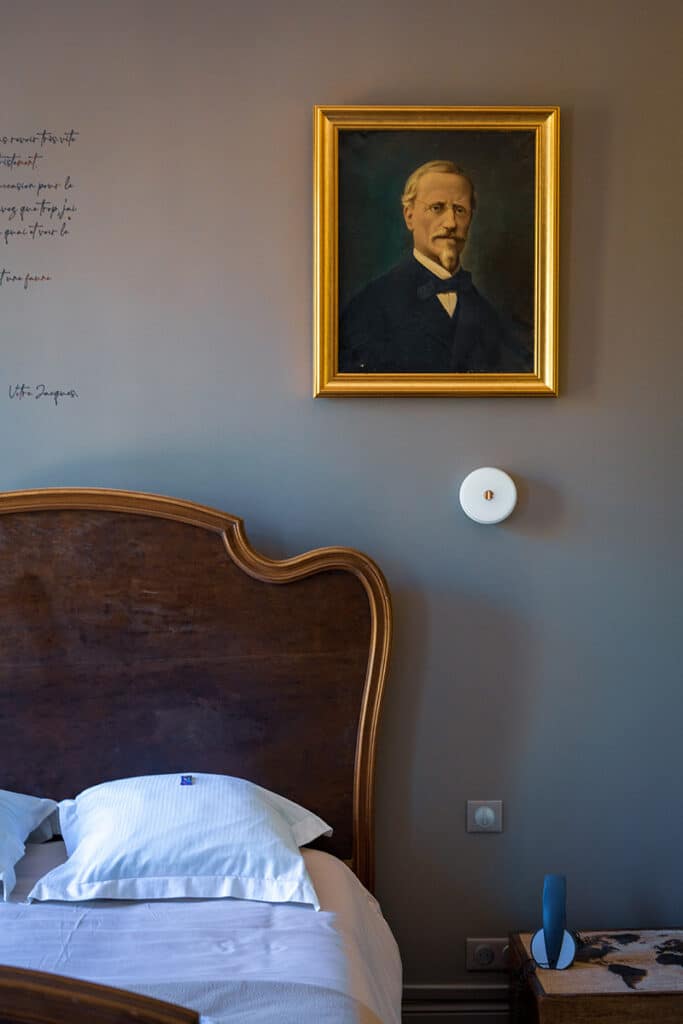


15 Guibert, 28800 Bonneval
https://boisguibert.com/
Châteaudun and its impressive castle
For the last step of this escapade, we stop at the castle of Châteaudun, considered as the first castle of the Loire Valley starting from Paris.

This imposing castle was built from the 12th to the 16th century. This long period of construction offers us a visit that makes us travel in time and discover several architectural styles: a dungeon of the Middle Ages, a Gothic Sainte Chapelle of the 15th century or a wing of the 16th century with two superb staircases with loggias.



What is a Sainte Chapelle?
If the most famous is the one in Paris, there are about ten holy chapels in France. To have this title, a chapel must meet the following five criteria
- be founded by Saint Louis or one of his descendants,
- have housed a relic detached from the holy relics of the Sainte-Chapelle in Paris (a piece of the crown of thorns or the True Cross),
- be the chapel of a royal or princely castle,
- have an architecture that follows the plan of the Sainte-Chapelle de Paris,
- have had services celebrated by canons every 3 hours, as in Paris



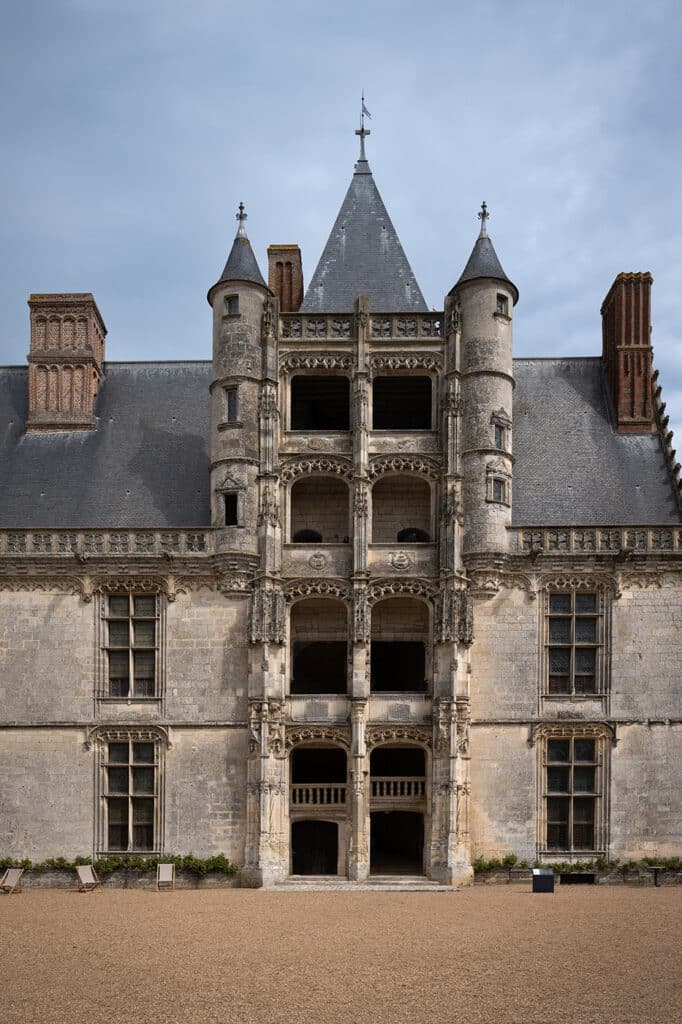

On the historical side, it is to Thibaut V, Count of Blois that Châteaudun owes its dungeon, built around 1180. At the beginning of the 15th century, Jean de Dunois, illegitimate son of Louis I, nicknamed the “bastard of Orleans”, received the castle as a reward for the liberation of his half-brother Charles d’Orleans who was a prisoner of the English. He then undertook profound transformations in Châteaudun, transforming the medieval castle into a comfortable residence. He also added the Sainte-Chapelle and a gothic main building. At the end of the 15th – beginning of the 16th century, his grandson François II d’Orléans-Longueville continued the work by adding a Renaissance style wing. Today, the castle houses an impressive collection of tapestries.

Where to eat in Châteaudun?
A few meters from the entrance of the castle, head to the Ateria, a restaurant for which I had a huge crush. Every day, it offers a three course menu for less than 20 €. It is extremely good but also very beautiful and the service is perfect. You can go there with your eyes closed!

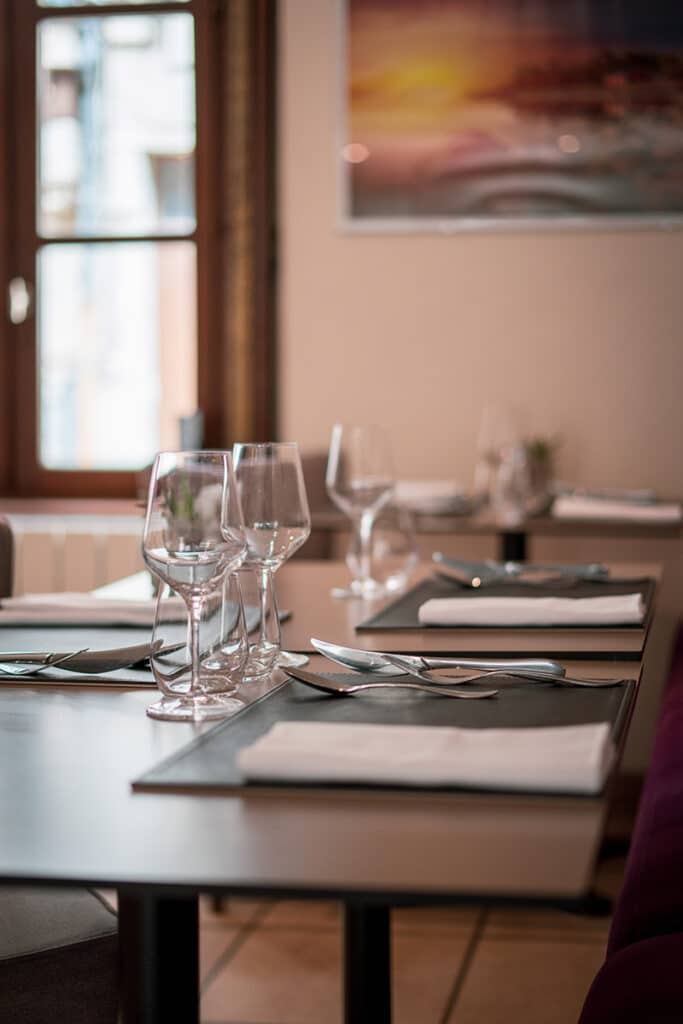
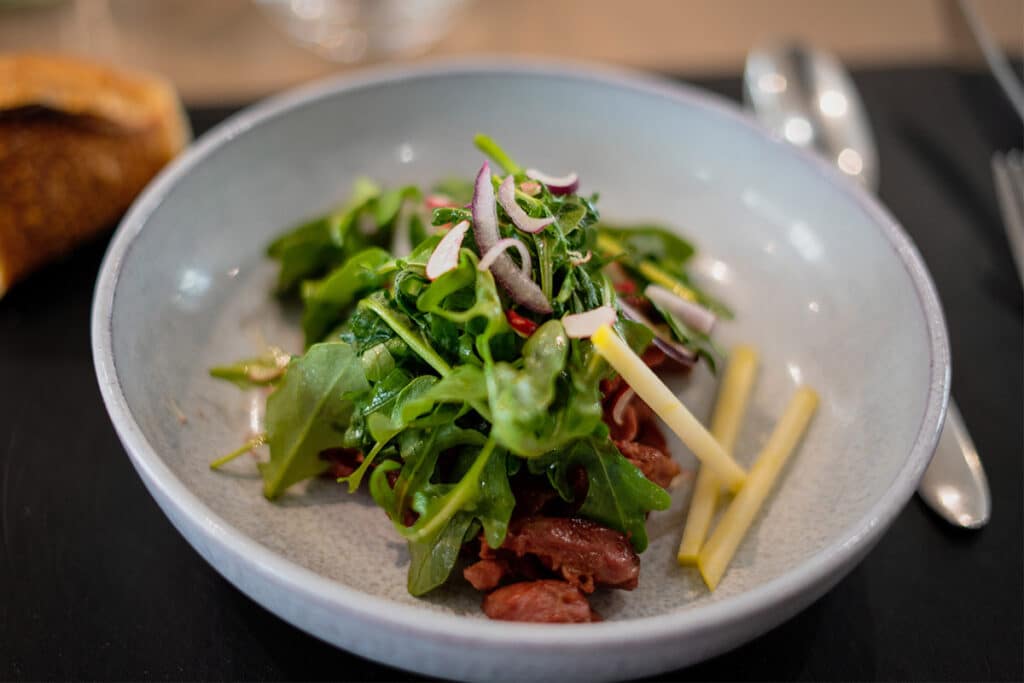

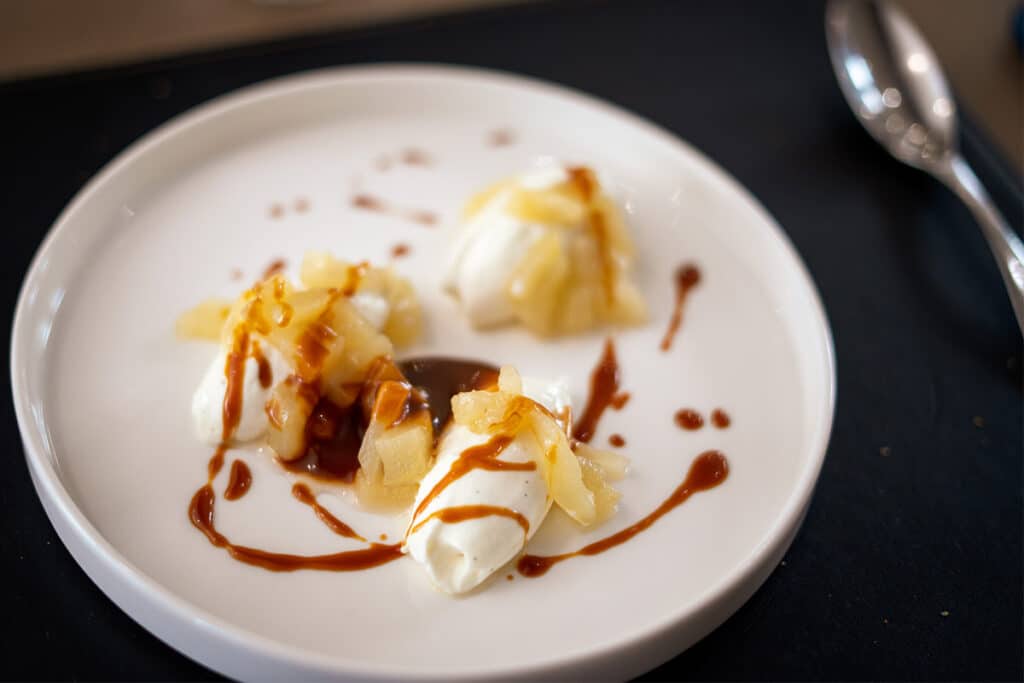
4 rue Saint-Lubin
When you leave the restaurant, take the time to go for a little walk in the city whose alleys are not lacking in charm!


This is the end of this travel guide in the Loir Valley! If you liked this article, pin it on Pinterest!
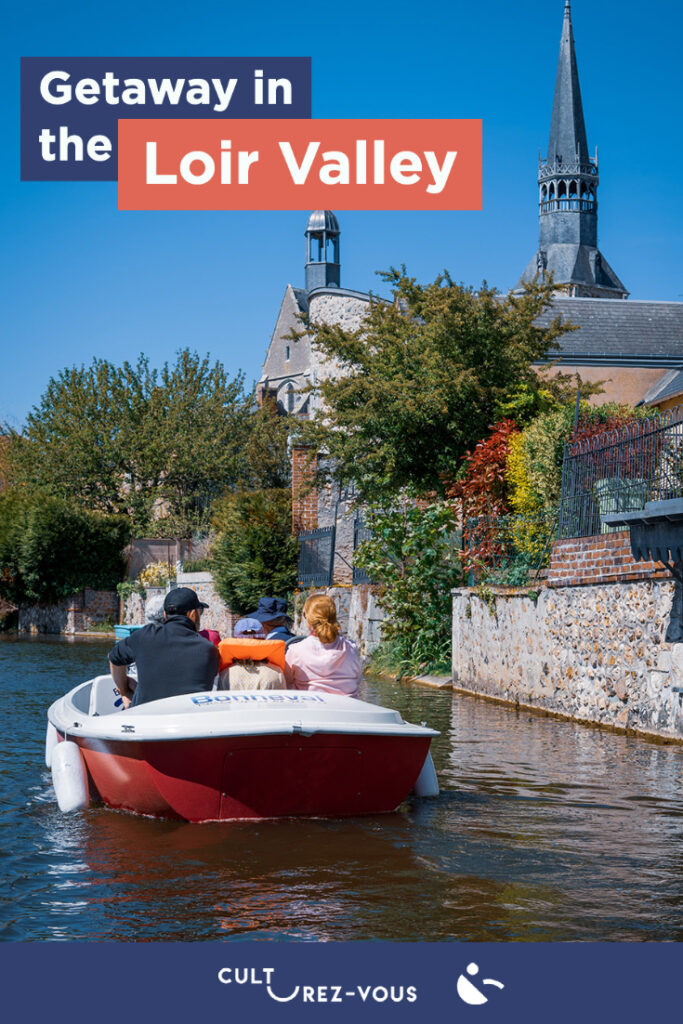
Article realized in partnership with Eure-et-Loir Tourisme

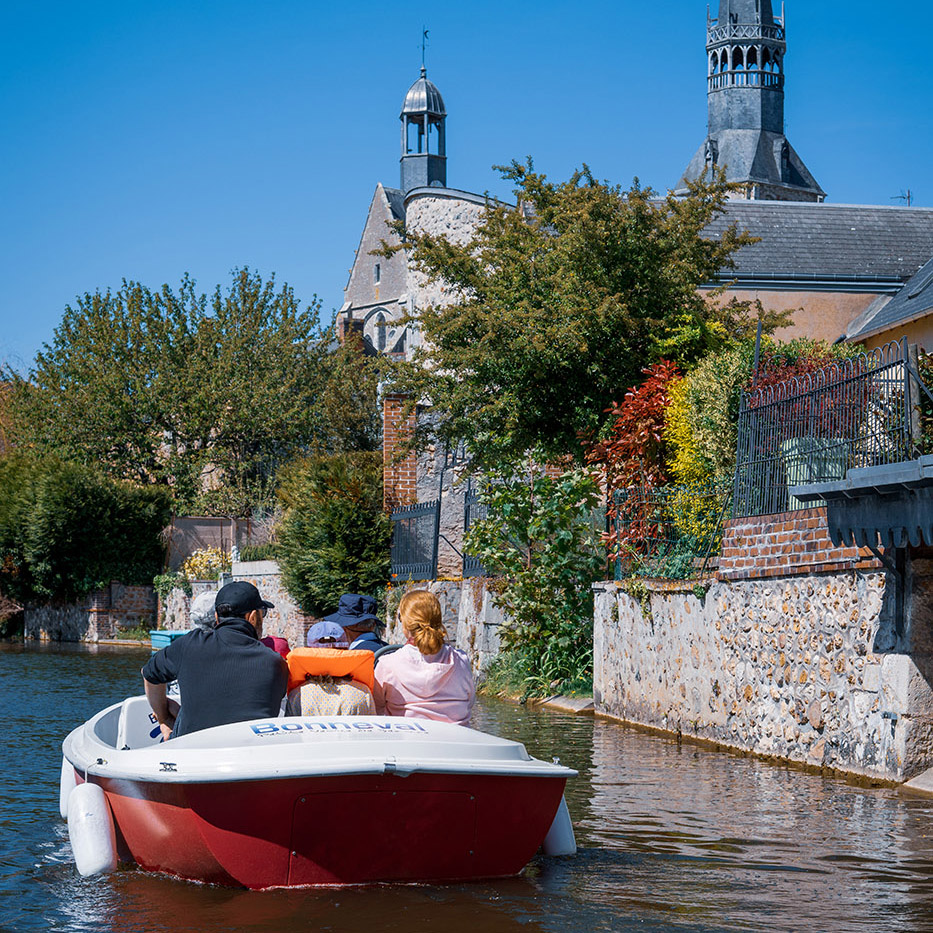



No Comments
Leave a comment Cancel